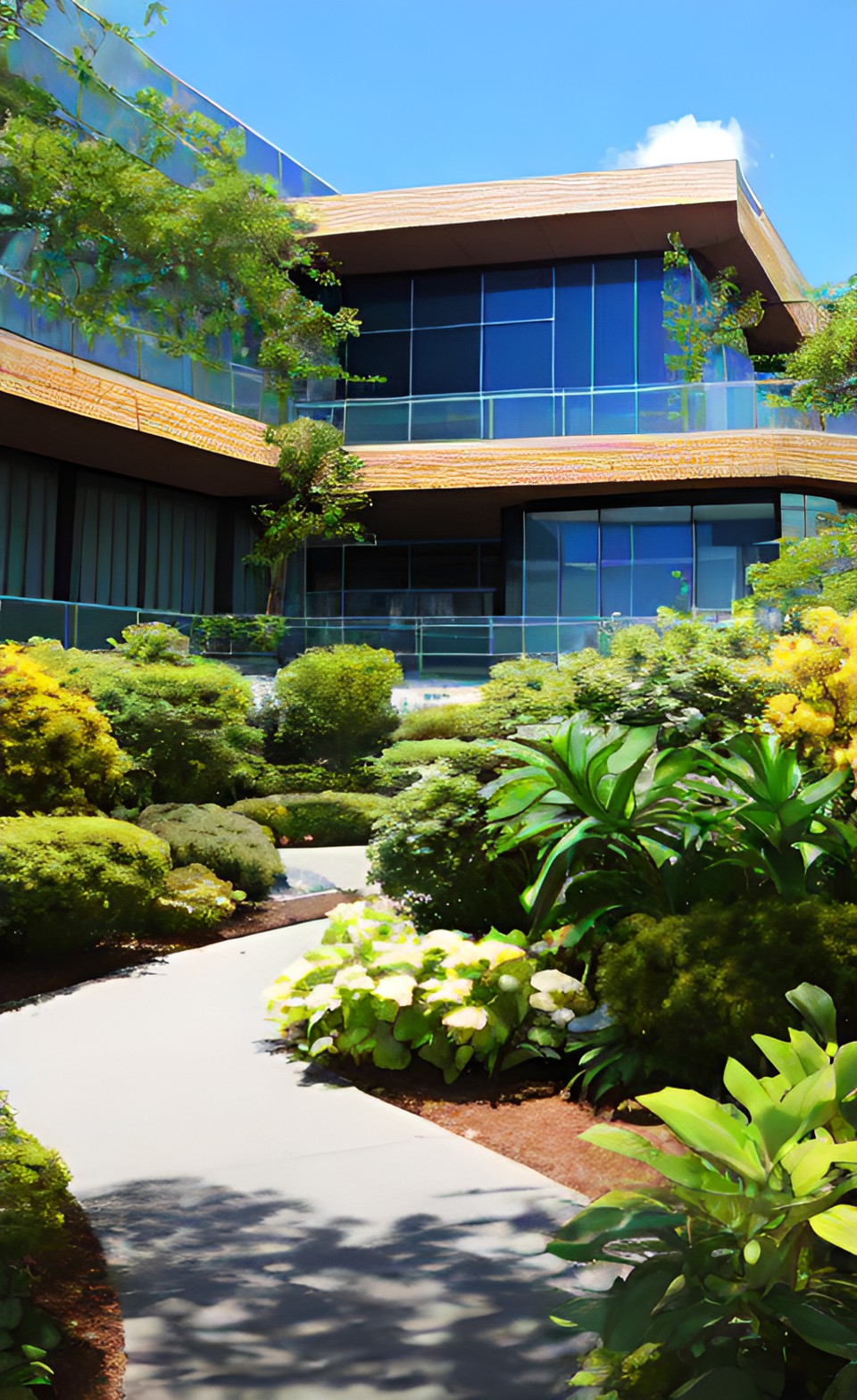
Advertisements
Introduction
For software developers, the digital realm is both their playground and workplace. But amidst lines of code and screens, stress can accumulate. Enter biophilia—a concept that may hold the key to reducing stress and enhancing productivity in this tech-driven field. Let's explore how incorporating biophilia into the software development environment can lead to a happier, more focused, and productive workforce.
1. Natural Tranquility Amid Digital Chaos
The fast-paced world of software development can be overwhelming. Biophilic elements like indoor plants, natural textures, and calming color palettes can create a serene workspace that counters the digital chaos. This soothing environment encourages a sense of calm and reduces stress levels.
2. Mindful Breaks with Nature
Integrating biophilic design means carving out spaces where developers can take mindful breaks. Natural light, comfortable seating, and glimpses of greenery foster a rejuvenating ambiance. Such breaks offer a chance to recharge and return to work with increased focus.
3. Stress Reduction through Connection
Biophilia encourages a connection to the natural world, which can significantly lower stress. An indoor garden or a mural depicting a serene landscape can be visual reminders of nature's calming influence. These reminders counteract stress triggers and promote relaxation.
4. Enhanced Creativity
Stress can stifle creativity. Biophilic elements like water features or dynamic patterns inspired by nature can stimulate creative thinking. By infusing natural elements into the workspace, software developers can tap into their imaginative potential.
5. Physical and Mental Health Boost
Sitting at a desk for extended periods can impact physical health. Biophilic design can incorporate standing desks, ergonomic chairs, and spaces for stretching. A healthier body contributes to a healthier mind, enhancing focus and productivity.
6. Improved Air Quality
Indoor plants not only provide aesthetic appeal but also improve air quality. Cleaner air translates to a healthier workspace, reducing the risk of ailments and creating an environment conducive to deep concentration.
7. Stress Reduction with Biophilic Sounds
Nature-inspired sounds—like gentle rain or chirping birds—can replace the constant hum of machinery. These sounds promote relaxation, masking stress-inducing noise and improving overall well-being.
8. Nature-Induced Resilience
The complex world of software development often involves problem-solving under pressure. Exposure to biophilic elements has been linked to enhanced cognitive function and improved problem-solving skills, increasing developers' resilience in challenging situations.
9. Cultivating a Sense of Purpose
Biophilic spaces remind software developers of the broader world beyond screens. This reminder fosters a sense of purpose, reducing feelings of isolation and reinforcing the idea that their work contributes to a larger ecosystem.
10. Overall Well-being
By introducing biophilic elements into the workspace, software developers aren't just creating a more pleasant environment; they're investing in their well-being. Reduced stress levels, improved focus, and enhanced creativity contribute to their overall happiness.
Conclusion
In the digital realm, biophilia serves as a bridge between the virtual and the natural. By thoughtfully incorporating elements of nature into their workspaces, software developers can mitigate stress, enhance productivity, and create an environment that nurtures both their technological pursuits and their well-being.
